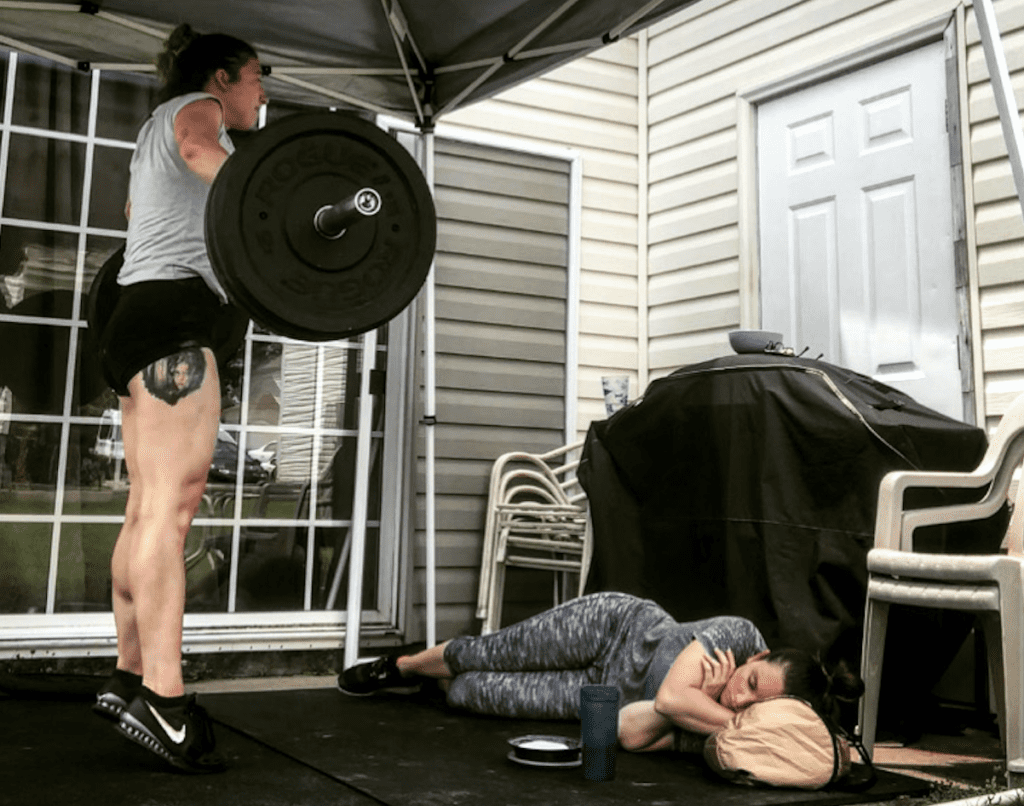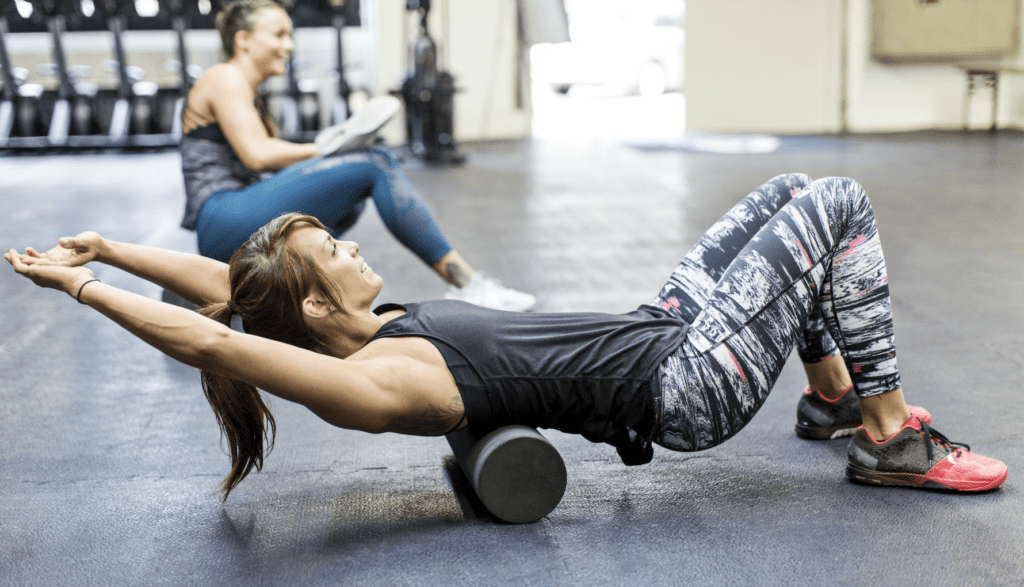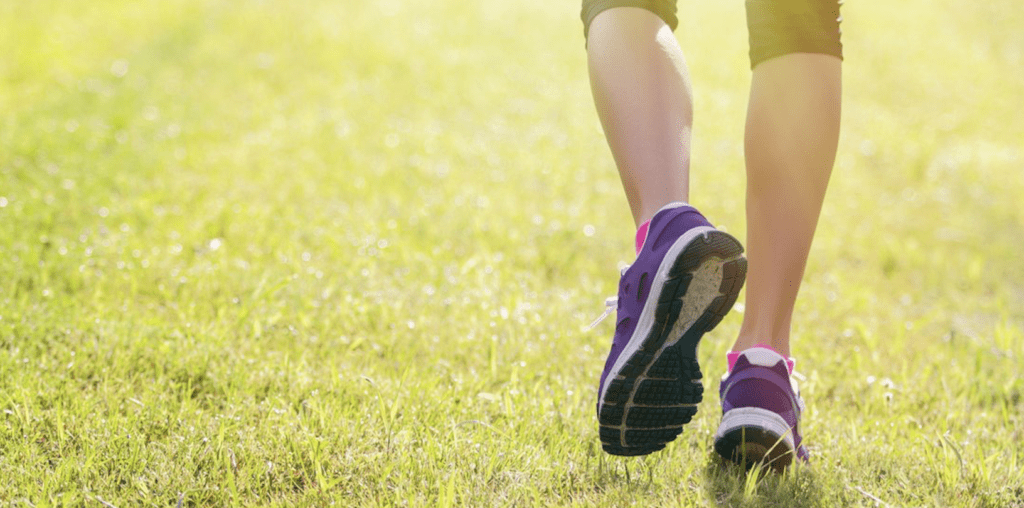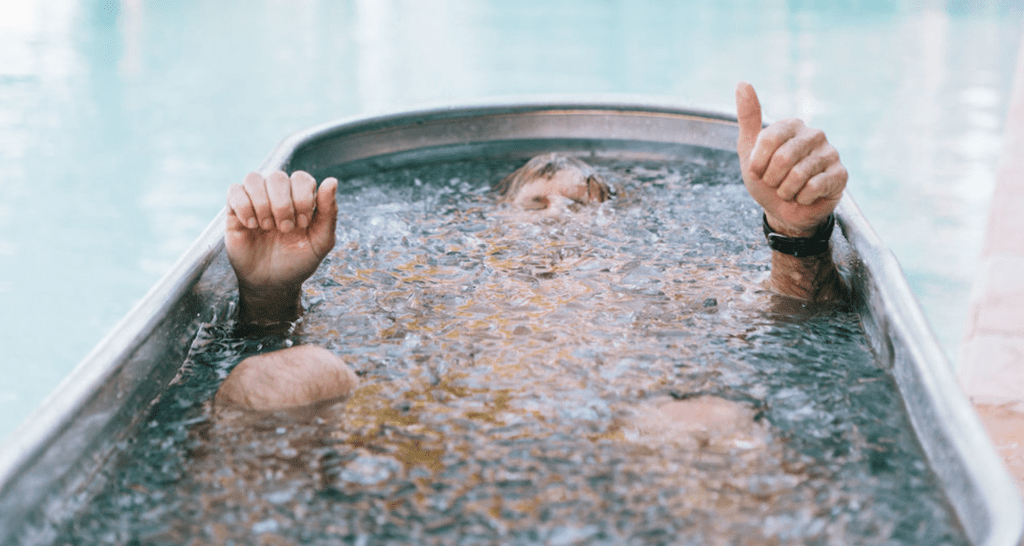People love Top 5 lists, so I figure I’ll join the party and throw my two cents around. In a world filled with click bait headlines, motivational quotes, memes and social media influencers it’s hard to know who to believe and who to trust. The smartest people are usually the quietest and least know. And the loudest are the ones with the most followers and a keen sense of marketing. I say all that as a reminder to both myself and to you to take everything with a grain of salt. Do some investigating on your own. Try things for yourself and doing the boring shit like read research.
One of the first things I learned from a mentor of mine was, “What they do in the gym isn’t as important as what you do outside of it.”. He was referring to the athletes that we finished training and why he spends time educating them on recovery. It’s important what you do within your training too, but he was trying to emphasis the small things and how they add up. It always stuck with me. Throughout my career I have tried to pass on that knowledge and other things I’ve picked up along the way. I’ve worked with a variety of athletes. From soldiers to triathletes, from weightlifters to gen-pop fitness enthusiasts. When you think about it, you might train for 1-2 hours and there are 22-23 hours left to mess it all up.
This is “MY” Top 5. This is what I have found to be the most effective for ME. It’s an N of 1. If you know what that means good on you. An N of 1 represents a clinical trial in which a single patient is the entire trial. Hence I am the 1. Fun Fact Friday! These 5 items (it’s a little more than 5, but I lumped things together) are what I have found to work best for me and for the people I work with. Like I said earlier, take it with a grain of salt, try some of it out or don’t, but serious get some more damn sleep. I have never met someone who doesn’t reap the benefits from getting more sleep.
SLEEP:
Like I said, I’ve never met anyone that couldn’t benefit from getting a little more shut eye. Hands down this is the #1 performance enhancing method available to every one of us right now. And is why it is the first on the list. I have an entire blog on the benefits of Sleep if you wanted to read that as well. SLEEP BLOG
I know it’s hard to get 8+ hours of sleep in today’s world but you have to at least try. If you need someone to blame, blame Thomas Edison, he started it. Who needs light bulbs anyways? Then Steve Jobs f*cked us up with this damn iPhone. I guess we can cut Edison some slack, his was pretty vital. Those are the first two that pop in my head when it comes to most effecting sleep. I guess TV too, but if I shut the lights off I’ll fall asleep with Netflix on.
One of the best things you should do is develop a regular nighttime routine. It helps your body to know you’re in the shutting down for the night. Try to go to bed at a similar time each night of the week, which includes weekends. I guess Mom & Dad were right with that whole bedtime bullshit. The best thing I have found is to put my phone on the charger an hour before bed and shut the TV off and do some reading. Does it always happen that way? No. I’m human. But removing the distractions helps when I do it. And reading puts me right to sleep.
So if possible, try for 8-9 hours of sleep per night. Trying to operate on 4-5 hours of sleep is doable in a pinch, but you’re not Jocko Willink, so go the f*ck to sleep! Sleep affects the whole body and all its systems. So go to bed and gain the benefits. Plus it’s FREE!
If there is one thing you remember, let it be this:
“Sleep is the foundation that allows you to train and perform at your best.”

FOAM ROLLING/STRETCHING/TOOLS:
I lumped all these in together because they all fall under the same category in my mind. “Mechanical Recovery Techniques”. I may have coined that term too, no big deal. Upon a quick Google search, and according to wikipedia “Mechanical Recovery is a technique for responding to an oil spill on water. It is the process of removing oil from the water surface utilizing a skimming device or direct suction, and pumping recovered fluids to a storage system.” I learn something new every day.
A foam roller is a cheap and effective method to use post training to help the body start its recovery process. They are great at helping to break up knots and muscles adhesions. Plus it’s a cost effective way to self-massage. Because who doesn’t like how they feel after a massage? A quick little roll after your workout helps prepare you for the next days training. So spend the few bucks and get one. The firmer the better.
Throw in some stretching after the foam rolling and now we’re talking! If you are tight on time and can’t do it right after training, that’s not the end of the world. If I miss it, I spend 30 mins at night in front of the TV rolling out and stretching before I head off to bed. A PM stretch is also a great thing to add into your routine to help prep you for bed. Though stretching is uncomfortable, after I feel great and am more relaxed.
There are many other Recovery Tools on the market that cost way more money. Everything from electric stimulation units to cupping therapy cups. Compression devices to Graston style scrapping tools. Massage guns to any other thing being sold on IG. They all have a place and I have found benefit from all of them. But, BUT, these things don’t need to be utilized everyday. If you need to use them daily to get by, you are doing something wrong in training and should go hit up a PT. But if you use them because they make you feel good and you feel you can train harder, go right ahead, don’t let me stop you. Who am I to judge?

NUTRITION/HYDRATION:
I’m not here to tell you what to eat or drink. But you should be aiming to refuel and replenish your body post training. It’s one of the best things you can do after a workout to maximize the benefits of the work you put in. And it’s a great way to set you up for success tomorrow. Just don’t refuel with a bunch of White Claws. What you consume before, during, and especially after your workout is important.
Generally, post-workout nutrition has three specific purposes. Replenish glycogen (replenish energy stores). Decrease protein breakdown (increase muscle size/quality). Increase protein synthesis (repair any damage from training session). In other words if you want to increase performance, improve appearance, and enable you body to remain injury-free, post workout nutrition is key. Some of the benefits of good post-workout nutrition include, improved recovery, less muscle soreness, increased ability to build muscle and improved immune function.
I have never been a big supplement taker/pusher guy pre or during training. But post training I’ve always had a protein shake with creatine and a piece of fruit (bananas are my go to). It works out to be somewhere in the 30g of carbs and 40-50gs of protein range. That’s consumed about 30 minutes post training then I usually will follow it up with a whole meal 2 hours from then. I’ve played around with post workout nutrition but have settled on this to be the best for ME. But like I’ve said before, everyone is different so find what works for you. Also, everyone’s goals are different, so what I do for performance purposes doesn’t mean it’ll line-up with what someone else needs to do.
Rehydrating is important as well and water plays a significant role in the process of recovery too. From helping digest vital nutrients to repairing muscles damaged during exercise. Remember, our muscles are actually ~75% water and they need to be hydrated to function. Water is the best option. And since it has no calories, you don’t risk undoing your exercise efforts like you would by drinking a high-calorie beverage.
If you’re someone who wants to know exacts on how much water to drink after training. Weigh yourself before and after. Then drink 16-24 ounces of fluid for every pound of body weight lost after exercise. Remember, dehydration can reduce performance potential and also delay the recovery process. So drink up! Pending on the climate and time of year you might sweat more or less. Which means your post workout consumption will most likely be a little less if you sweated less.
If you are someone who hates plain old water (so weird), you’re in luck. You can have some seltzer water (aka fizzy water) or something like a Gatorade or Powerade Zero. During a training session I have a bottle of Gatorade Zero (32oz) and at least 1 bottle of water (32oz) on an average day. Some days it’s more when the temperature is higher and I am condensating like a son of a gun. Then throughout the rest of the day I keep drinking water. An easy strategy is to get a Nalgene bottle or something similar and always have that with you to refill as needed. Personally I am in the +5L per day (185lbs) and in this summer heat I’m much closer to 8L. Looking back to my days landscaping, there wasn’t a garden hose I would walk by without taking a drink. I don’t care what anyone says, it was delicious!

TAKE A WALK:
A little nightly stroll after dinner is a great active recovery method I use. It helps to get some blood flowing through my body to knock out any stiffness I’m feeling from training, break a sweat, help with digestion, catch up on a podcast and mentally hit reset and get me away from a screen. Some days I’ll go for my walk without headphones and clear my head. We ALL could use that. Especially now with the amount of negative information that we consume on a daily basis.
Scientifically speaking, a huge benefit of taking a walk is helping out our lymphatic system. Think of your lymphatic system as the drains in your house. Just like your pipes, the lymphatic system can become congested and lead to adverse health reactions. Regularly cleaning your drains to maintain their function is a good strategy to preventing a clog in a pipe at home. However, effectively purifying your lymphatic system is essential to your health and well-being.
Since the lymph system moves in reaction to muscle contractions, walking is a perfect way to keep the lymph system moving. The pumping of the calf muscles specifically while walking is what helps move your lymphatic system. Your lymphatic system carries bacteria and virus fighting white cells throughout your body while, at the same time, collecting waste your body needs to remove. So take a walk.
When I get back from my nightly walk, that’s when I grab my foam roller. I do a quick pass over my body, focus on any problem areas and then stretch. Pretty simple and it’s not asking too much to take 30 mins, give your brain a break and your body a little light exercise.

ICE BATHS:
I saved the most controversial for last. For those of you that know me personally or follow me on IG you know I am a massive fan of Ice Baths. I always have been and always will be. No matter how much “Deadlift Community College” shits on them. I don’t know if he fell through some ice as a kid or what, but he hates them. He likes to quote research articles but doesn’t tell the whole truth about the studies. I get it though, it’s about how to get more clicks and to sell people on other things. I also love Saunas too, but I haven’t figured out how to convert my stove into one yet. My lawyer says I have to say that is a joke and not to try it. DO NOT convert your stove into a sauna. It was a joke.
I’m planning a stand-alone blog on the all the long term health benefits of Ice Baths and Saunas to not only boost performance but improve overall health and well being, so in the meantime here are some snippets to get the wheels turning. And if you wanted to make your own ice bath for the living room like me, here you go!. How to Convert a Chest Freezer into an Ice Bath.
“But I read research that said Ice Baths were bad after training?” I read the same research too, but those people studied got in the ice bath or applied cold immediately after training. I wait any where from 4-8+ hours before I take mine. When we train we are putting stress on our bodies. And this is the good kind of stress that allows us to grow stronger and have a plethora of other health benefits. During that process we cause micro trauma to our muscles which causes an inflammatory response. This is a good thing and not something you want to stunt right after training. Hence why I wait to take my plunge into my converted chest freezer. If you want to learn how to do it your self, here is the link. Without going into the weeds with what happens to your body (next blog?) here is what I have personally found.
I’d consider myself a fairly competitive masters aged Olympic weightlifter. Some days my body feels like shit and other days it feels pretty good. I’ve been in and out of ice baths for over 20 years. From way back in my college football and lacrosse days to when I was training up for a marathon almost a decade ago. And guess what? Ice baths make me feel good. And when I feel good, I train good, and when I train good, I perform good. For me, I sleep way better after a cold tub, my body isn’t sore, and mentally I know I accomplished something. It might sound silly, but sitting in 35 degree water for 10 minutes boosts my mood. My teeth might be chattering, but I am never in a bad mood getting out of one.

At the end of the day, when it comes to recovery, a lot can be said if something makes you feel better. And if you feel like you can train harder and at a higher level because of it…well it’s working for you. You don’t need to read some fancy research to know it because you feel it. There is a lot of bullshit out there when it comes to recovery methods, so the best thing that you can do is find the things that work best for you and do them. If someone suggests something, give it a try and see how it goes. It’s all one big experiment to find what works best for you anyways.
Need Help? Just ask…Seriously.
I hope this can help some of you out there. If you have questions let me know geoff@gpshumanperformance.com
Geoffrey Steinbacher is a former Strength & Conditioning Coach within the THOR3 (Tactical Human Optimization Rapid Rehabilitation & Reconditioning) Program at Ft. Bragg. He is a Certified Strength and Conditioning Specialist (CSCS) from the National Strength and Conditioning Association, as well as a Certified Athletic Trainer (ATC) from the National Athletic Trainers Association. He is also an Advanced Sports Performance Coach (USAW-L2) and Head Club Coach with USA-Weightlifting, and a Catalyst Athletics Certified Weightlifting Coach (CACWC-L1). Furthermore, Geoff has a BS in Athletic Training from SUNY Cortland and an MS in Exercise Science from Syracuse University.

